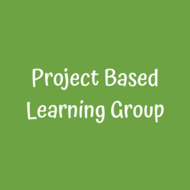Fraction Creativity (AIG IRP)
(View Complete Item Description)This lesson is designed to challenge students who demonstrate mastery of understanding fractions as numbers (unit fractions, partitioning…etc.) and a strong understanding of fractions as a number on the number line. It integrates technology, writing, and mathematics (focus on fractions) through the use of a RAFT writing activity. This lesson was developed by NCDPI as part of the Academically and/or Intellectually Gifted Instructional Resources Project. This lesson plan has been vetted at the state level for standards alignment, AIG focus, and content accuracy.
Material Type: Lesson Plan














